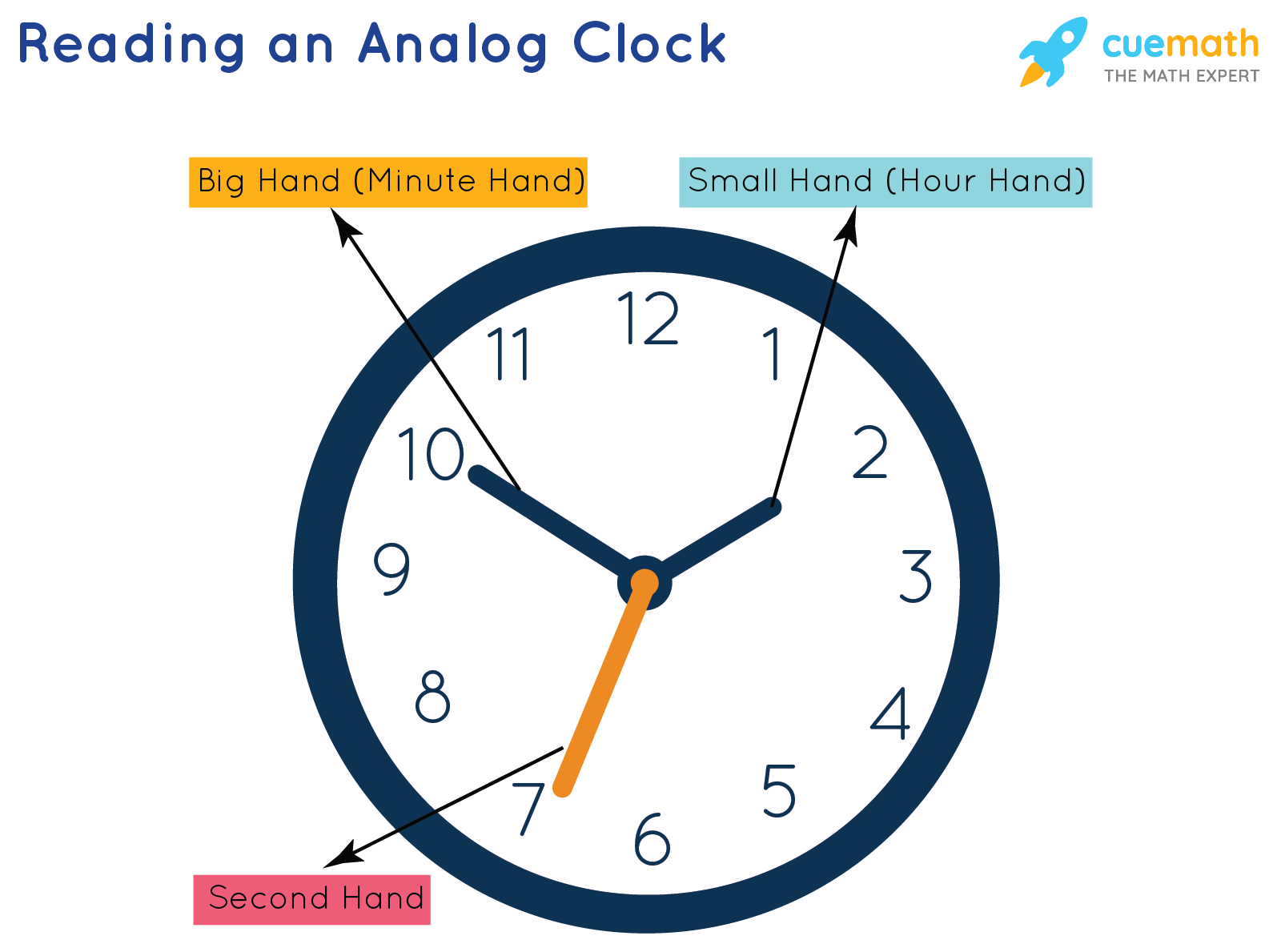Measuring Time with an Analog Clock
Understanding How the Clock Works
Analog clocks display time using the positions of hour and minute hands rotating around a fixed dial. The basic components include a circular face marked with the 12 hour positions, short and long hands to indicate hours and minutes, and a central axle around which the hands rotate. To accurately read time, it’s important to understand how these components work together based on fundamental geometry and arithmetic.

Dividing the Circle into Hours
A full circle equals 360 degrees. Since there are 12 hour positions marked on the clock face, each hour represents an arc of 30 degrees. By dividing the total degrees in a circle (360) by the number of hours (12), we can determine that each hour span takes up 30 degrees of the circular path. This even spacing allows the clock hands to indicate exact times as they revolve around the dial.
Calculating Angle Movement Between Times
To find the angle moved between specific hours, we multiply the number of hour increments by 30 degrees. For example, between 8am and 2pm there are 6 hours. So the angle change would be 6 × 30 = 180 degrees. Using basic multiplication, anyone can determine how far around the clock the hands must travel to indicate different times of day.
Visualizing Time Flow on an Analog Display
With an understanding of the clock’s geometry, a person can also view the passage of time visually on the analog face rather than through calculations. Looking at a clock, it’s clear that the 2 mark is directly opposite the 8 mark, halfway around the circle. This positioning shows the elapsed time is half a full rotation, or 180 degrees. The even spacing of hour marks makes such visualization of time intervals straightforward.
Exceptions for Non-Standard Clock Designs
While the standard analog clock follows the layout described, some unique designs may vary slightly. On some non-traditional clocks, the hour and minute hands do not always indicate precise 30 degree increments between numbers. In these outlier cases, angle measurements may differ from the common calculations. However, for the vast majority of clocks people use daily, the basic principles of 30 degree hour wedges and predictable hand movement furnish an easy way to visually gauge the flow of time.
Conclusion
Whether doing math or looking at a design, understanding how an analog clock translates the abstraction of timed intervals into geometrical relationships is key to confidently reading analog time displays. The consistent circular format and arithmetic relationships make telling time with this classic timepiece approachable for both children first learning to tell time and experienced adults alike. Mastering the basic mechanics is an important life skill with historical significance.
